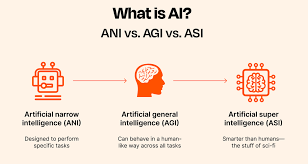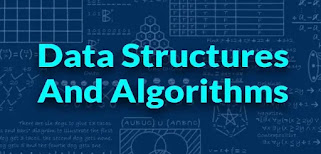AI vs. AGI vs. ASI: What’s the Difference ?
Introduction
Artificial Intelligence (AI), Artificial General Intelligence (AGI), and Artificial Superintelligence (ASI) represent different stages of machine intelligence. Understanding the differences between these terms is essential as technology evolves toward more advanced and autonomous systems.
AI (Artificial Intelligence)
AI refers to systems designed to perform specific tasks that usually require human intelligence, like facial recognition, language translation, or driving. Known as Narrow AI, these systems excel in limited tasks but can’t think or learn beyond their programmed abilities.
AGI (Artificial General Intelligence)
AGI, often called Strong AI, refers to machines that possess the ability to understand, learn, and apply knowledge across a wide range of tasks—similar to human intelligence. Unlike AI, AGI can adapt to new problems, reason, and perform complex tasks autonomously. AGI is still theoretical and not yet developed.
ASI (Artificial Superintelligence)
ASI surpasses human intelligence in all aspects, including creativity, problem-solving, and decision-making. It’s a level of intelligence that could far outpace human cognition, potentially revolutionizing fields like science, medicine, and technology—but also raising ethical concerns about control and safety.
Conclusion
While AI is already part of our daily lives, AGI and ASI remain concepts for the future. Each represents a step forward in intelligence, from task-specific AI to the limitless potential of ASI, offering both opportunities and challenges for humanity.







Comments
Post a Comment